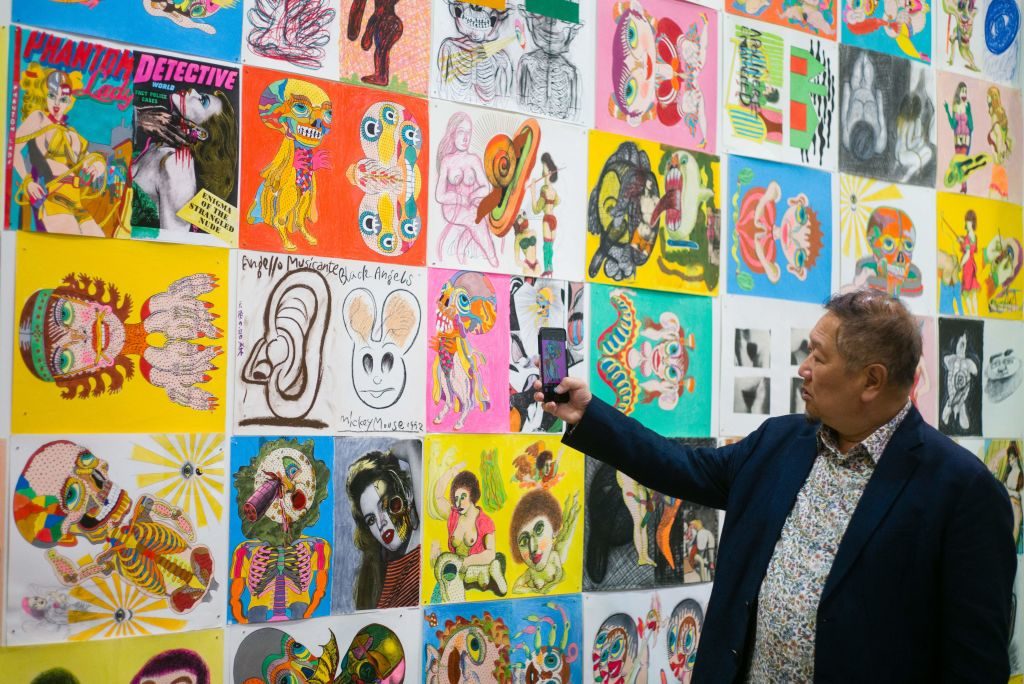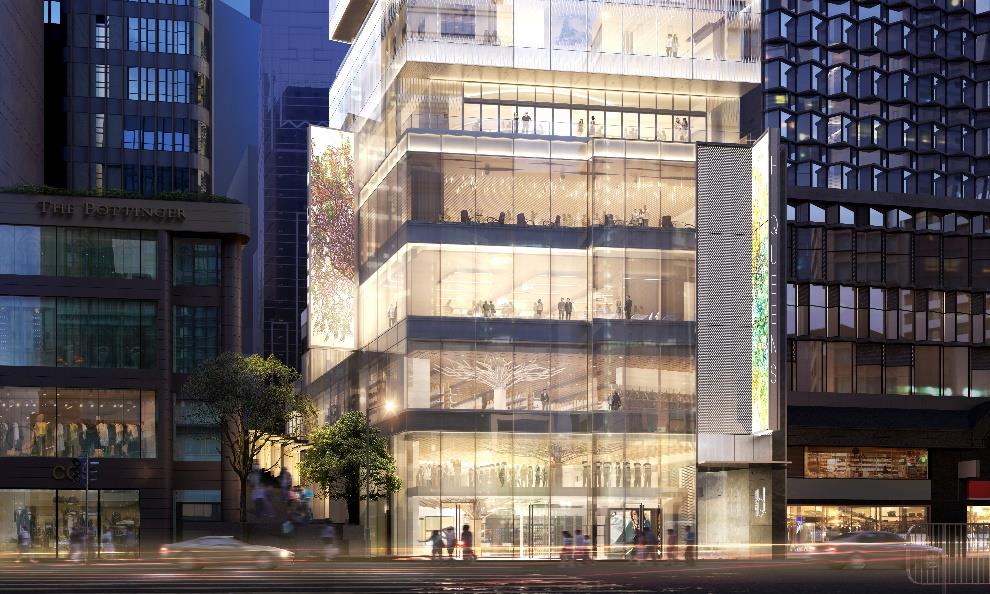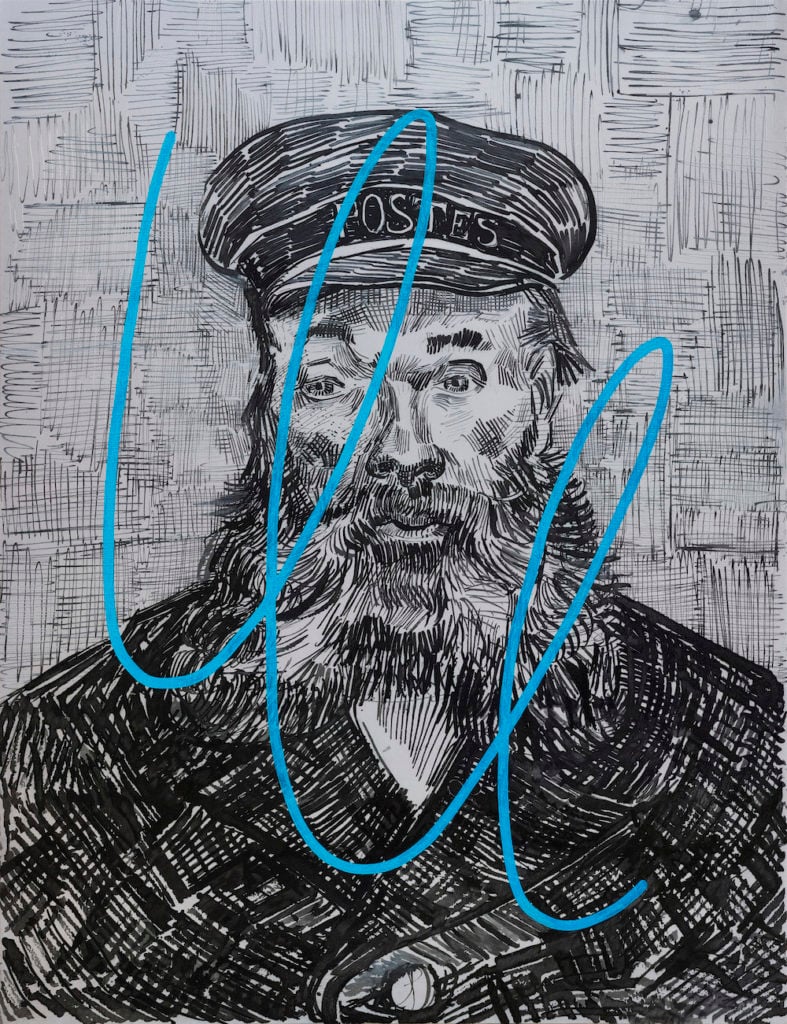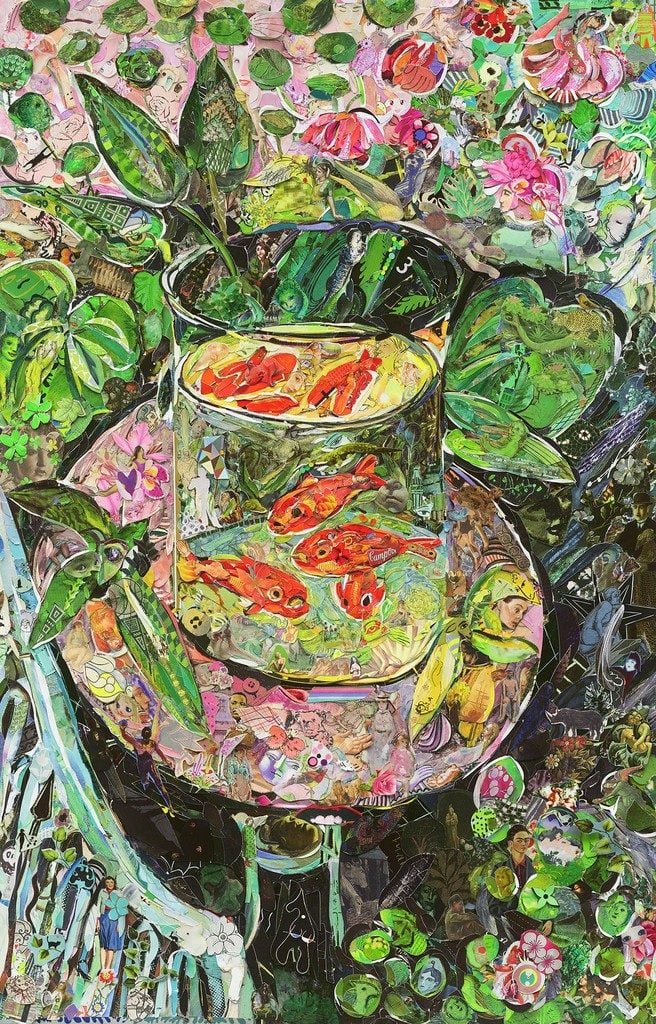Art Fairs
‘It’s No Longer OK to Say ‘Next Year”: How Art Basel Hong Kong Became an Essential Stop on the Global Fair Circuit
This year's edition of the fair is, by all accounts, the largest and most robust yet.

This year's edition of the fair is, by all accounts, the largest and most robust yet.

Eileen Kinsella

Ten years ago, when curator Philip Tinari was the sole consultant in Asia for Art Basel, he never dreamed that the scene could look like it does now. Back in 2008, the main art fair in the region was Art Basel Hong Kong’s predecessor, Art HK, and the lead sponsor was the imminently doomed Lehman Brothers.
Yet this year’s edition of Art Basel Hong Kong is, by all accounts, the largest and most robust edition of the fair yet. “Not only is there a fair with 250 galleries, from Brazil to every corner of Asia and North America, but all of the main galleries have branches here,” says Tinari, who is director of the Ullens Center for Contemporary Art in Beijing. “It is no longer okay to have Art Basel Hong Kong on your to-do list or say ‘next year.’ You’re expected to have wherewithal when it comes to this region now.”
At the recently opened H Queens building, the 24-story home of new branches of David Zwirner, Pace, Hauser & Wirth, and Pearl Lam galleries, long lines for the elevators snaked through the lobby and down the sidewalk, a phenomenon that insiders say is unheard of except on opening nights. A commonly heard question among the crowds: “Did you hear the Mark Bradford show at Hauser & Wirth already sold out?”

The rendering of the newly opened H Queens building complex in Hong Kong. Courtesy of H Queens, 2018.
The same went for the nearby Pedder Building, where Lehmann Maupin just opened a new show of work by Brazilan duo OSGEMEOS, and where dealer Larry Gagosian has maintained a space for seven years.
In a few days, the auction houses will kick off their sales, including a $200 million selling exhibition at Sotheby’s. The house also announced today that Hong Kong will be the first city to see its major new consignment, a 1983 painting by Jean-Michel Basquiat, Flesh and Spirit, which has been in the same family collection since the arts patron Dolores Ormandy Neuman acquired the work just after it was made. The asking price is in the region of $30 million.
Inside the Hong Kong Exhibition and Convention Centre, where Art Basel Hong Kong takes place, dealers almost immediately began reporting sales at a rapid-fire pace on Tuesday’s VIP preview day. Repeat and regional exhibitors, including those who exhibited at the old Art HK fair, noted an explosion of interest from collectors across Asia, while newcomers did their best to cater to the tastes of this growing collecting base, while also introducing new names and works.
Mira Dimitrova, managing director of Mazzoleni Art, London, says she was pleasantly surprised by interest in the more “figurative” works in her booth, which led to sales of two paintings by metaphysical artist Giorgio de Chirico. “Name recognition is there and historical items seem to be doing well,” says Dimitrova. Collectors were also drawn to a curated selection of works in the booth by Italian artist Fausto Melotti.

Zhao Zhao, One Second, Portrait of Joseph Roulin (2017). Courtesy of the artist and Mizuma Art Gallery, Tokyo.
“It’s absolutely the key fair of the Asian art calendar for us,” says Annabel James, associate of the Tokyo-based Mizuma Art Gallery. The gallery’s standout booth reflects its interest in showing emerging and established Japanese artists alongside Chinese, Indonesian, and Korean artists.
“It’s not only where we connect with our Chinese, Korean, Indonesian, and other southeast Asian clients,” she says. “It’s also become a nexus for collectors that we have from further afield. For example, there are US collectors who will visit the gallery in Tokyo occasionally, but for them Hong Kong is a much easier business hub and it’s where they are taken for work. It’s much easier to connect rather than wait for them to come to Tokyo again. It’s also a key location for many of our Tokyo clients as well.”
Brazil’s Galeria Nara Roesler, which has branches in Sao Paulo, Rio de Janiero, and New York, has seen slow but steady growth as it enters its seventh year exhibiting in Hong Kong, says director Daniel Roesler. “Since we’re coming from so far away, we try to bring a wider selection of the program rather than just bringing one or two artists.”

Vik Muniz’s Repro: Hermitage Museum (The Goldfish, after Matisse) (2016). Courtesy of the artist and Galeria Nara Roesler.
Along with work by the Japanese expat turned Brazilian star Tomio Ohtake, the booth displayed a huge indigo-hued, ceiling-suspended work by Julio LeParc, as well as a stunning Vik Muniz collage that riffs on a Matisse painting of orange fish in a bowl. Adjacent to the works are information-packed wall labels, as well as scannable QR codes, including for the Chinese platform WeChat.
“We see that people take lots of notes and do their research. And they come back. So this year we pushed the angle of education so that people can learn more,” says Roesler. The gallery announced two sales—including a work by Daniel Buren and another by Brazilian artist Artur Lescher—on the preview day.

Fausto Melotti in the Kabinett sector of Art Basel Hong Kong at Mazzoleni Art.
Courtesy of Mazzoleni.
“It sounds like a cliché, but it’s true: the fair functions as a ‘bridge to Asia’ for many living outside of the region,” says New York-based dealer Tyler Rollins. Further, he says the fair plays an important role inside Asia. “I have been able to introduce artists from my southeast Asia-based program to collectors and curators from China and Japan as well as to the many Americans and Europeans who come to Hong Kong at this time.”
In the past few years, Rollins says he has tried to feature artists from southeast Asian countries that are underrepresented and present a more in-depth focus on their practices. This year’s booth included three mini-shows for Tiffany Chung (Vietnam/USA), Sopheap Pich (Cambodia), and Pinaree Sanpitak (Thailand).
Two days in, fair director Adeline Ooi says that the dialogue created between exhibitors and artists from Asia and the rest of the world “has really come together at this year’s edition. Exhibitors reported solid sales to private collectors and institutional buyers from around the globe, at every level of the market and across the various sectors of the fair—a testament to the continued momentum of the Asian art market and also to the quality of art brought to Hong Kong.”